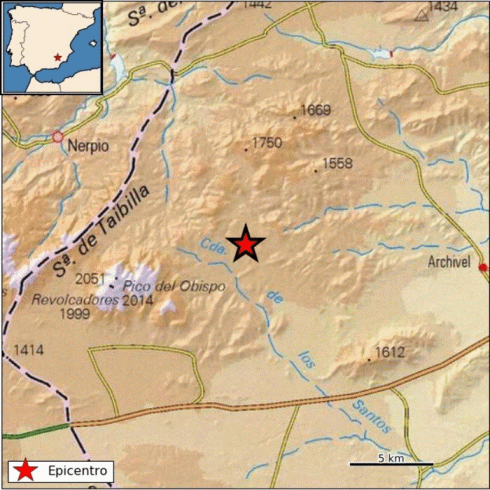A STUDY carried out by the National Institution of Prisons has for the first time pieced together a detailed profile of those most likely to hate crimes.
The survey, conducted throughout prisons across the country, collated information from all those detained for racial, homophobic and xenophobic crimes to compile a picture of what the ‘average’ person convicted for a hate crime looks like.
The study was carried out under the authority of the the central government and in conjunction with the University of Comillas in order to better understand the attributing factors involved in hate crimes.
After understanding these profiles, the team, led by Secretary General of Spanish Prisons, Angel Luis Ortiz, hope to tackle the issue at the root in an effort to reduce the amount of hate crimes carried out across the country.
Results of the survey show that typically men between the age of 18 and 30 are most likely to carry out hate crimes, with 66.7% falling into these characteristics.
The results also showed that the likelihood of committing hate crimes decreased as the subject got older, with it mostly disappearing over the age of 60.
Many of these young men are single and 80% still live with their family at the family home, with the minority gaining independence and living alone or with a partner.
48.5% of the criminal graduated from school with basic grades and 27.3% did not complete school at all, showing that education at a primary level was not a significant factor in conditioning for extremist behavior.
Employment-wise, 76.7% were unemployed with the remainder being self employed or had very low income jobs.
Results did show that of those convicted 35% did suffer some sort of physical or psychological abuse when they were younger, either through a parent or guardian.
Over 70% were also found to be regular drug users who started abusing when they were young, around 15 years of age.
The study concluded that there was three different types of hate criminal, the ‘thrill seeker’, ‘vindictive’ and ‘defensive’.
The thrill seeker is most likely to abuse minorities or vulnerable in large groups or gangs and do so for the personal thrill of using aggression towards a perceived inferior individual.
The vindictive criminal is one that commits hate crimes purely through anger, and often displays signs of sociopathy and an inability to display emotions or empathy.
The defensive criminal is one that is fearful of the other group, and as such acts as though the other individual is a perceived threat, such as xenophobic crimes against foreigners in Spain.
The results of the test, whilst not all emcompassing, most certainly draw some interesting conclusions in terms of what forms hate ideology.
It shows that education is not a major factor, but upbringing is, with troubled childhoods leading to other vices such as drug use.
It also shows once again the bleak situation that many young face once they leave education, with lack of jobs and low income possibilities leaving many to become angry and resentful, with certain individuals pointing this hate towards other groups of people.
The findings will be presented to the Fight Against Hate Crimes organisation in an effort to better understand and hopefully prevent the increasing hate crime statistics.
READ ALSO:
- HATE CRIME: ‘Gay man’ hospitalised after group of young men use fake dating profile to lure him to secluded…
- Feminists facing jail time and THOUSANDS of euros in fines for ‘offending religion’ and ‘committing hate crime’ after parading…
Click here to read more Crime & Law News from The Olive Press.








